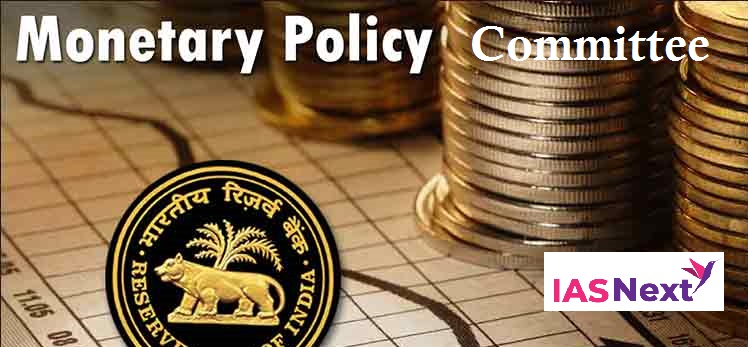CURRENT AFFAIRS
Get the most updated and recent current affair content on Padhaikaro.com
RBI’s Monetary Policy Committee
- IAS NEXT, Lucknow
- 11, Apr 2022

Referene News:-
The Reserve Bank of India’s Monetary Policy Committee on Friday raised its estimate for inflation in FY23 to 5.7%, from the 4.5% forecast in February before Russia invaded Ukraine.
- RBI also held benchmark interest rates and retained its ‘accommodative’ stance.
- But it would now turn its focus to the withdrawal of accommodation to ensure that inflation remains within the target.
- It also lowered its growth estimate for the current fiscal to 7.2%.
What is an accommodative stance?
- An accommodative stance means that there is room for lowering interest rates in the future to revive growth and demand in the economy.
- Accommodative monetary policy, also known as loose credit or easy monetary policy, occurs when a central bank attempts to expand the overall money supply to boost the economy when growth is slowing (as measured by GDP).
- The policy is implemented to allow the money supply to rise in line with national income and the demand for money.
What is the Monetary Policy Committee?
- Urjit Patel committee in 2014 recommended the establishment of the Monetary Policy Committee.
- It is a statutory and institutionalized framework under the Reserve Bank of India Act, 1934, for maintaining price stability, while keeping in mind the objective of growth.
- Composition: Six members (including the Chairman) – three officials of the RBI and three external members nominated by the Government of India.
- The Governor of RBI is ex-officio Chairman of the committee
- Functions: The MPC determines the policy interest rate (repo rate) required to achieve the inflation target (presently 4%). Decisions are taken by majority with the RBI Governor having the casting vote in case of a tie.